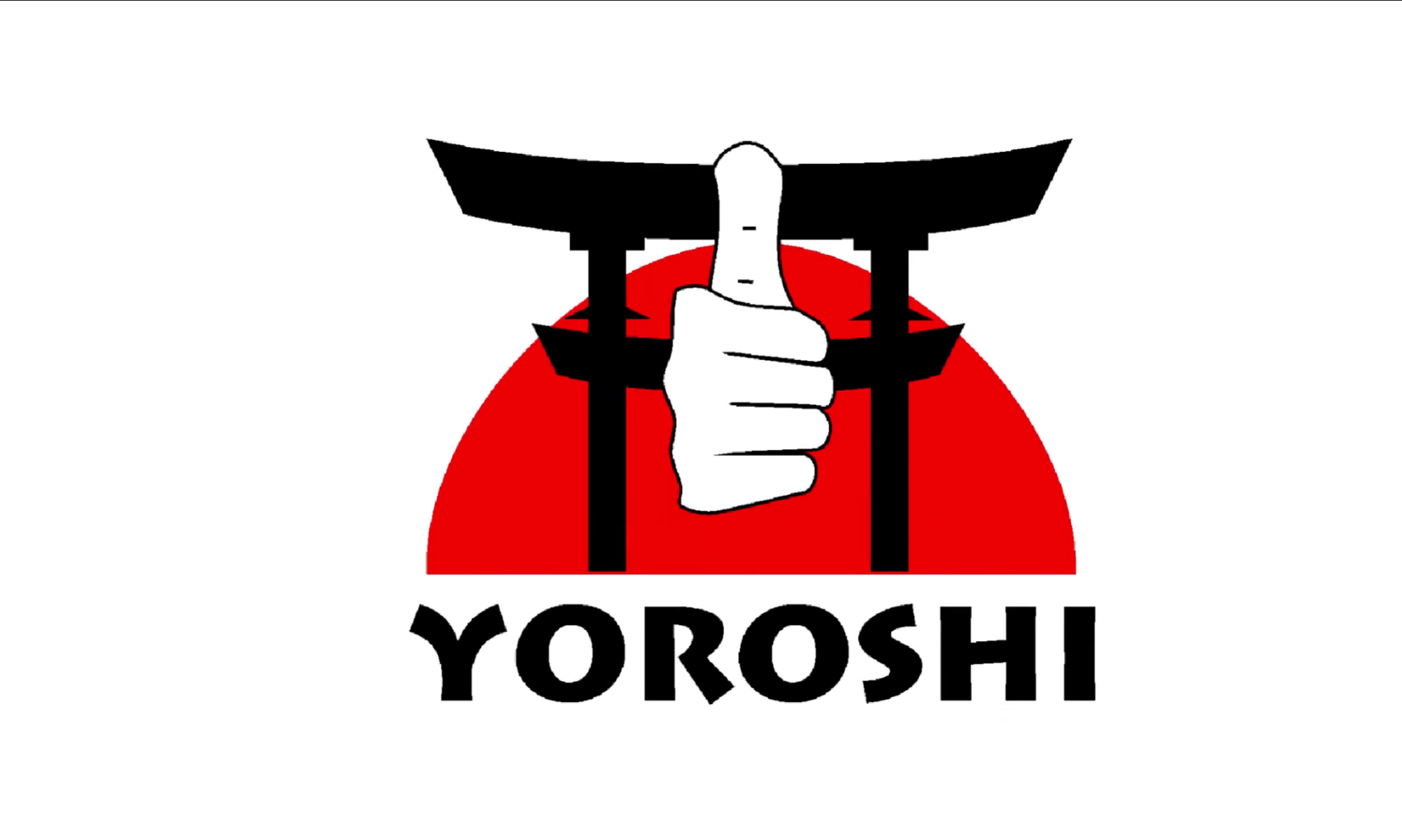Yoroshi offers three types of training: judo, jiu-jitsu and karate
Judo
Judo (“gentle way”) is a Japanese martial art and competitive sport. Created by Jigoro Kano in 1882, judo uses grappling, throws, take downs, pinning holds, locks, and chokeholds; strikes, such as punches and kicks, are not allowed.
A judo training often contains the following: first a warming up and stretching; then practicing falling techniques, throws, and other techniques; then sparring matches, both standing (“randori tachiwaza”) and on the ground (“randori newaza”); and finally a cooling down with often some stretching as well. The training always focuses on control: throws and locks are done carefully to prevent injury.
Advanced training sessions also contain traditional practice forms, called “kata”.
Jiu-Jitsu
Jiu-jitsu (“gentle technique”) is a Japanese martial art focused on self defense. It uses both strikes, such as kicks and punches, as well as the techniques found in judo, throws, take downs, locks and chokeholds.
A jiu-jitsu training often contains the following: first a warming up and stretching; then practicing basic strikes and falling techniques; then practicing self defense techniques based on attack scenarios, as well as and specific locks and chokeholds; and finally a cooling down with often some stretching as well. The training always focuses on control: strikes to the body are not full contact and often with protective gear; strikes to the head are disallowed altogether; throws and locks are done carefully to prevent injury.
Advanced training sessions also contains sparring matches, in which striking, grappling, and ground techniques are all allowed.
Karate
At Yoroshi the style of karate which is practised is Kyokushinkai, Kyokushin is a full contact form of karate which predominantly consists of punches (fists, open hand, elbows) and kicks (feet, knees). Kyokushin is known for its philosophy regarding self-improvement, discipline and hard training.
A karate training often contains the following: first a warming up and stretching; then “kihon”, in which the students form a line and practice basic techniques; then practicing both attack and defense techniques; then rounds of sparring; and finally a cooling down with often some stretching as well. The training always focuses on control: strikes to the body are full contact; as no protection is used, strikes to the head are disallowed altogether.
In order to advance to the next belt, students learn practice forms called “kata”, which are more extensive than in judo and must be learned by heart.
